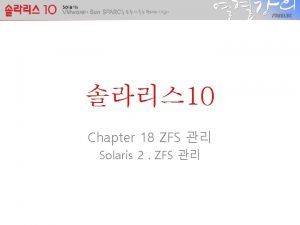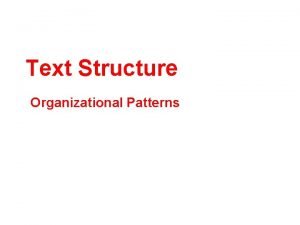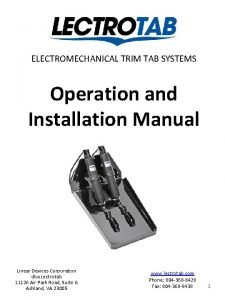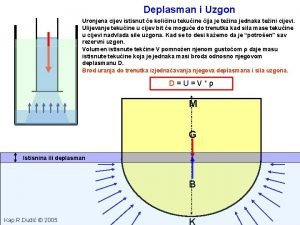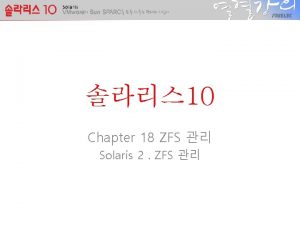ZFS TRIM Agenda 1 ZFS Structure and Organisation










- Slides: 10

ZFS & TRIM

Agenda 1. ZFS Structure and Organisation 1. 2. 3. 4. 5. Overview MOS Layer Object-Set Layer Dnode Block Pointer 2. ZFS Operations 1. Writing new data to disk 2. Freeing blocks 3. TRIM

ZFS Structural Overview • uberblock points to a data structure that describes an array of metaobjects • meta-objects include filesystems, snapsots, clones, ZVOLs and the space map of free/allocated blocks in the pool • MOS object references an object-set that describes its array of objects • the objects include things like directories, files, symbolic links, etc • Finally, these objects reference an array of blocks that contain the objects' data

ZFS Structure

Meta-Object Set(MOS) Layer • Dataset and Snapshot Layer(DSL) and Storage Pool Allocator(SPA) modules implement the MOS layer • It manages the pool of space and makes it available to filesystem modules of object-set layer • DSL tracks datasets, which includes snapshots, clones, active filesystems, and ZFS Volumes(ZVOLs), and deadlists • SPA tracks allocated vs free blocks in the current pool and is also responsible for handling compression and deduplication

Object-Set Layer • ZVOLs - single dnode which references two dnodes • disk data - dnode references an array of block pointers • master node - records ZVOl-specific information • Filesystems - three dnodes • 2 dnodes record user and group space usage for a filesystem • 3 rd dnode references an array of files and directories • Clones of filesystem/ZVOL have same organization as the filesystem/ZVOL

DNODE • Analogous to INODE but also describes objects in MOS layer. • Managed by DMU. • Describe files, directories, filesystems, snapshots, clones, space maps etc. • Size < 128 Kb -> Direct pointer to appropriate size block • else -> 1 level of indirection: points to 16 Kb block -> each entry points to 128 Kb blocks. • Can increase level of indirection if required. • Reference ZAP objects

Block Pointer • Checksum for every block ( up to 3 copies of data ). • All meta-data blocks have double redundancy by default. • Birth time - counted in terms of number of checkpoints since the ZFS pool was created. • Dedup flag - quick shortcut

Freeing blocks • ds_deadlist_obj in dsl_dataset_phys_t • Deadlist -> I don't want this block, but a previous snapshot might. • Only free a block if: • No references to this block • birth_time of the block is more than the birth_time of the latest snapshot • While deleting snapshot, free those blocks that • Are in the next snapshot's deadlist AND • have birth_time greater than previous snapshot.

TRIM - Motivation • Attempt to make sure certain writes do not take very long ( as compared to other writes ). • SSD Blocks only have a limited number of erases. • Using TRIM, a FS can tell the underlying SSD that certain blocks are no longer relevant. • TRIM reduces, on average, garbage collection cost and also increases the lifetime of SSDs. • TRIM does have overhead - so use judiciously !!

